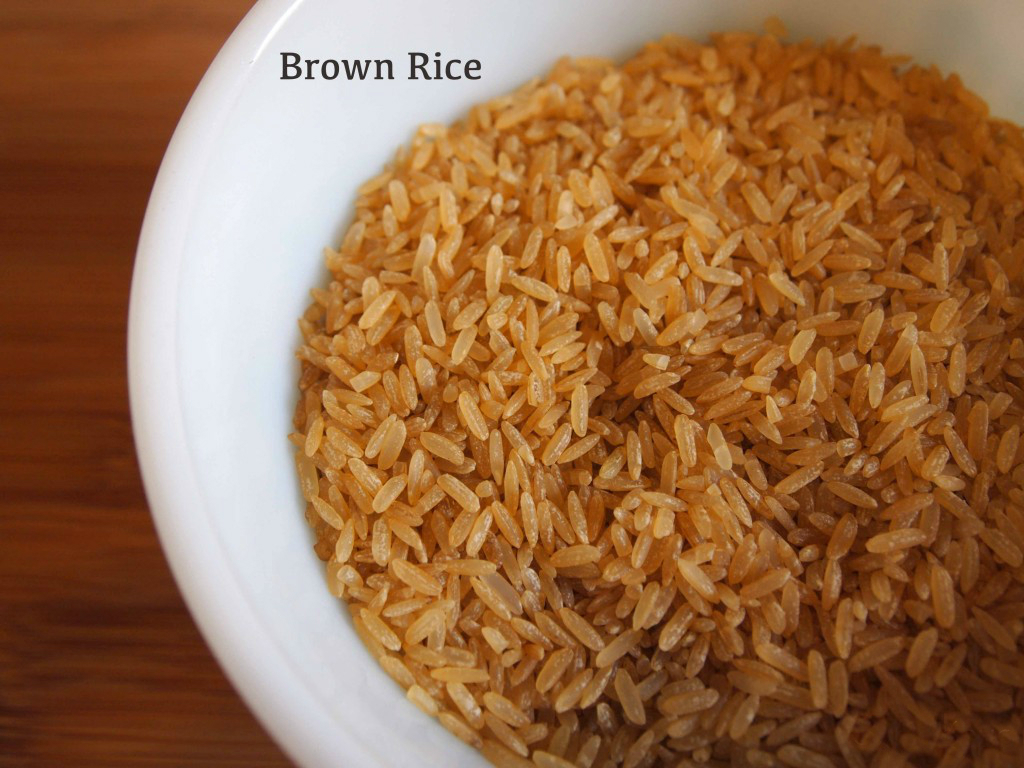
Low levels of hemoglobin are most commonly caused by nutritional deficiencies. There are many ways on how to increase hemoglobin, including eating the right food sources, avoiding foods that reduce iron content in the blood, taking proper supplementation and blood transfusion.
People who find out from blood tests that they have low hemoglobin levels often want to find out how to increase hemoglobin. Hemoglobin, abbreviated Hb or Hgb, is produced in developing red blood cells in the bone marrow. It is responsible for giving blood its red color. Its function is the transport of oxygen from the lungs to be released to the different tissues of the body and, in exchange, collects carbon dioxide to be transported back to the lungs.
The normal levels of hemoglobin in the body range from 14 – 18 g/dL in males and 12 – 16g/dL in females. A deficiency of hemoglobin would decrease the oxygen-carrying capacity of the blood. This also decreases the number of red blood cells resulting in a condition called anemia. Causes of low levels of hemoglobin levels include poor nutrition, certain diseases affecting the bone marrow, chronic diseases like cancer and kidney disease, blood loss, certain drugs and cancer therapy. Low levels of hemoglobin contribute to a variety of symptoms such as dizziness, lethargy, pale skin, and if severe, result in organ damage.
Ways to Increase Hemoglobin Levels
Food and Medicine
There are medicines and natural ways to increase hemoglobin and therefore prevent anemia.
Vitamin and mineral supplementation. There are several minerals and vitamins that can increase hemoglobin levels. Most important of these are iron, vitamins B6, B9 (folic acid), and B12, and vitamin C, which is important for enhancing the absorption of iron. The recommended daily allowances are:
Iron: 20 mg
Vitamin B6: 50 mg
Folic Acid: 500 micrograms
Vitamin B12: 1500 micrograms
Vitamin C: 1000 mg
Foods that are rich sources of iron, vitamins B6, B9, and B12
Iron: whole-egg, iron-fortified cereal; leafy-green vegetables (like artichoke and spinach), legumes (like beans and lentils), meat (like lean beef and liver), and seafood like (clams and oysters)
Vitamin B6: meat (like chicken, beef, turkey, and pork), fish (like salmon, cod, halibut, tuna, trout, and snapper), vegetables (like spinach, bell peppers, baked potatoes, yams, broccoli, green peas, turnip greens, and asparagus), nuts and seeds (like peanuts, cashews, sunflower seeds, and hazelnut), whole-wheat bread, cereals, bran; and chickpeas, lentils and soybeans
Folic acid: dried beans, peas, leafy green vegetables (like spinach and turnip greens), and fruits (ex. citrus fruits)
Vitamin B12: Beef liver and clams, fish, meat, poultry, eggs, milk, and other dairy products
Vitamin C: Citrus fruits (like grapefruit and oranges) and their juices, red and green pepper and kiwifruit, broccoli, strawberries, cantaloupe, baked potatoes, and tomatoes
Herbs. Certain herbs contain iron or increase its absorption thereby increasing hemoglobin levels.
Withania: used in Ayurvedic Medicine in the treatment of iron deficiency anemia; its use has been supported by studies showing increased hemoglobin levels in children.
Nettle Leaf: used traditionally in the treatment of arthritis, a rich source of iron
Dong Quai or Angelica: traditionally used for menstrual cramps, premenstrual syndrome (PMS), menopausal symptoms, anemia, and constipation. Studies on rats fed on low iron diet showed restoration to near normal levels of hemoglobin, hematocrit and red blood cell counts with Dong Quai
Chitosan is a dietary fiber from shellfish. A study showed that patients with kidney failure given chitosan were shown to reduce high cholesterol, improve anemia, and improve physical strength, appetite, and sleep.
Foods to Avoid
Foods that are rich in calcium like milk and cheese and high fiber foods as well as beverages like coffee, tea, and alcohol should be avoided or taken in small quantities because these prevent absorption of iron. Gluten-containing foods like pasta, bread, and wheat products also cause anemia.
Source: MD-health



